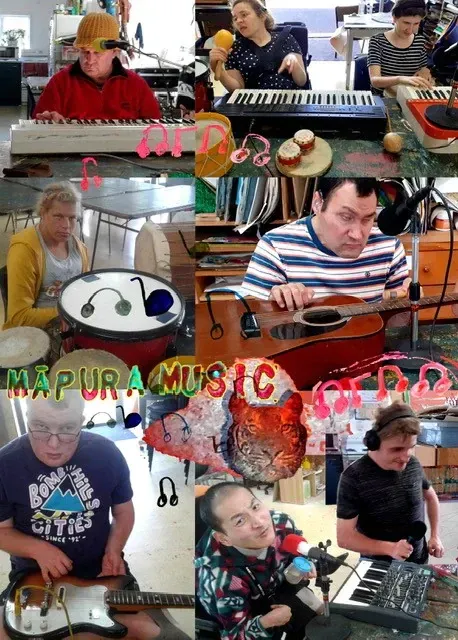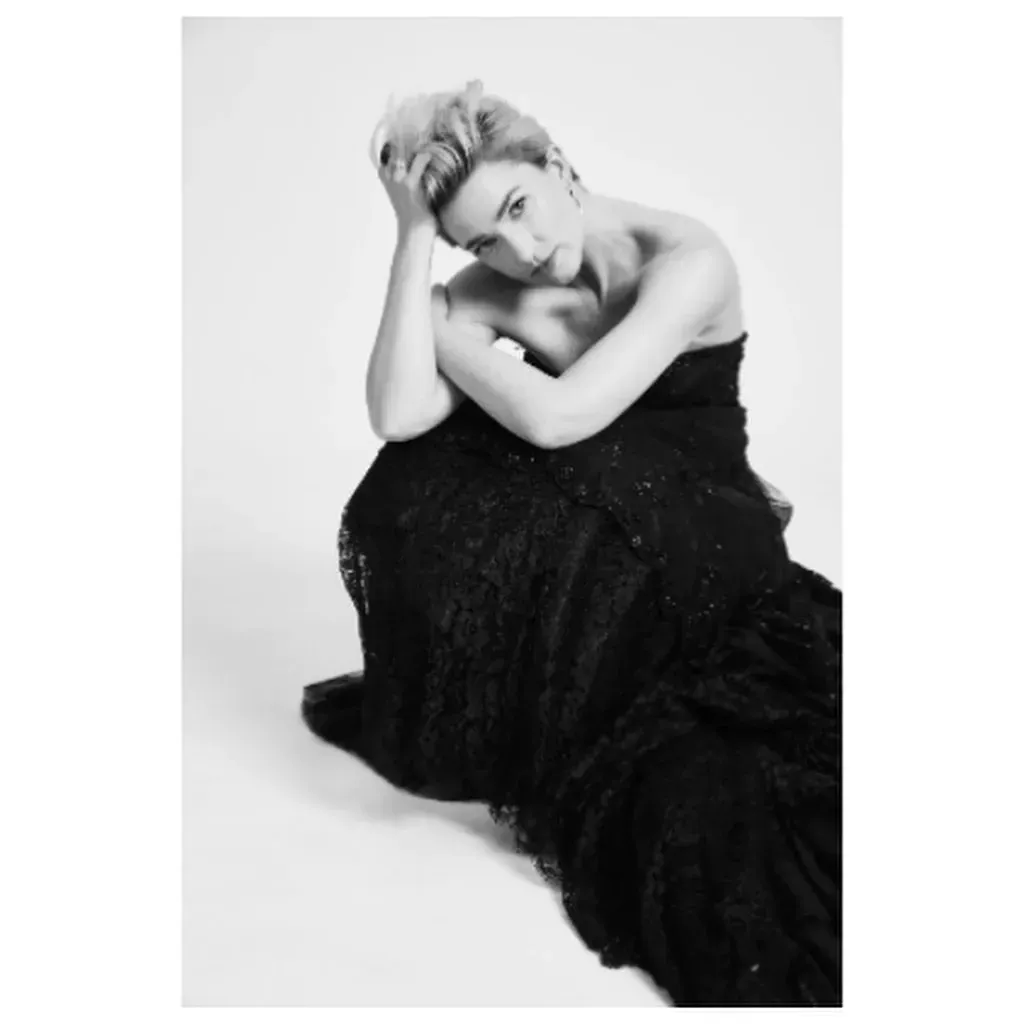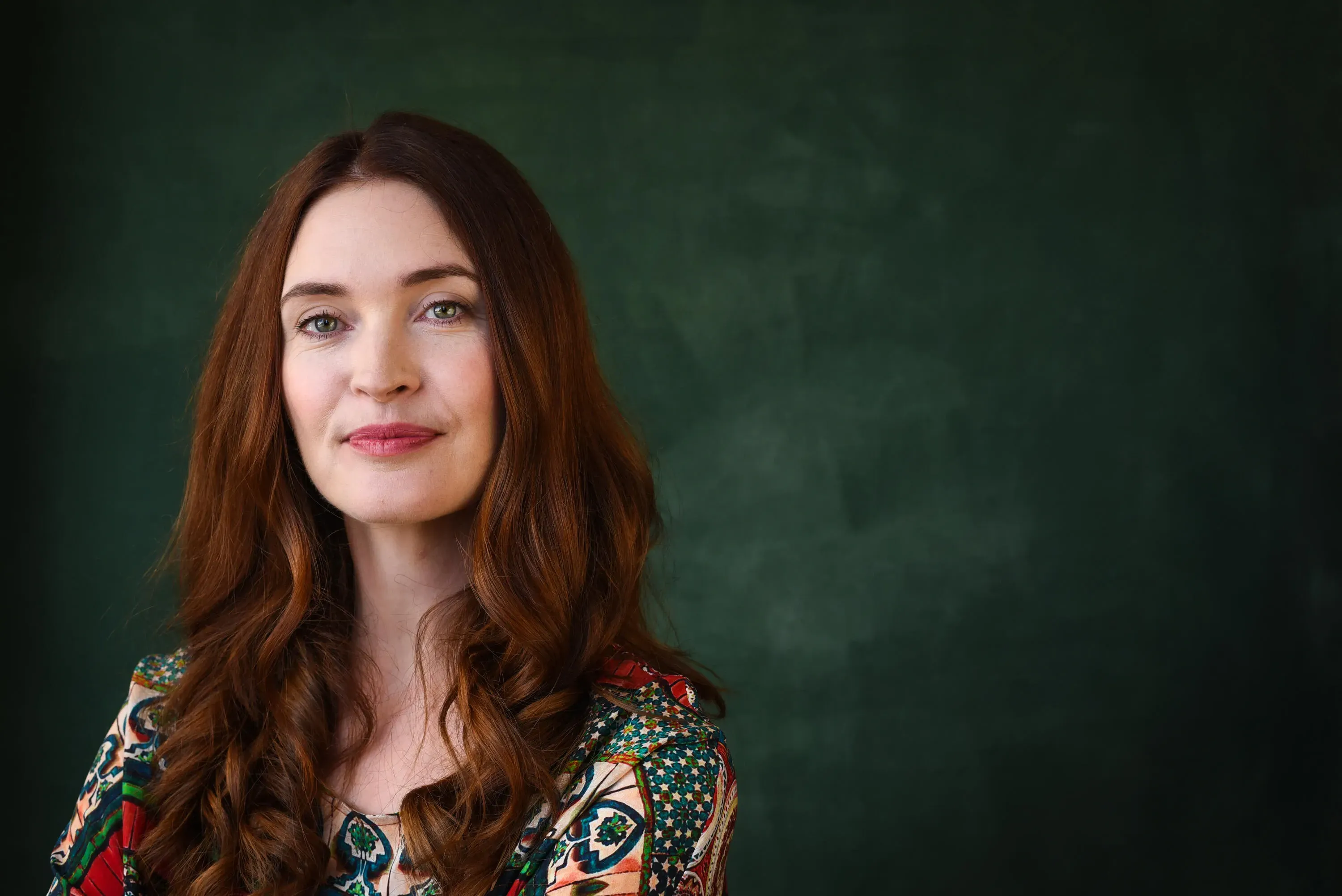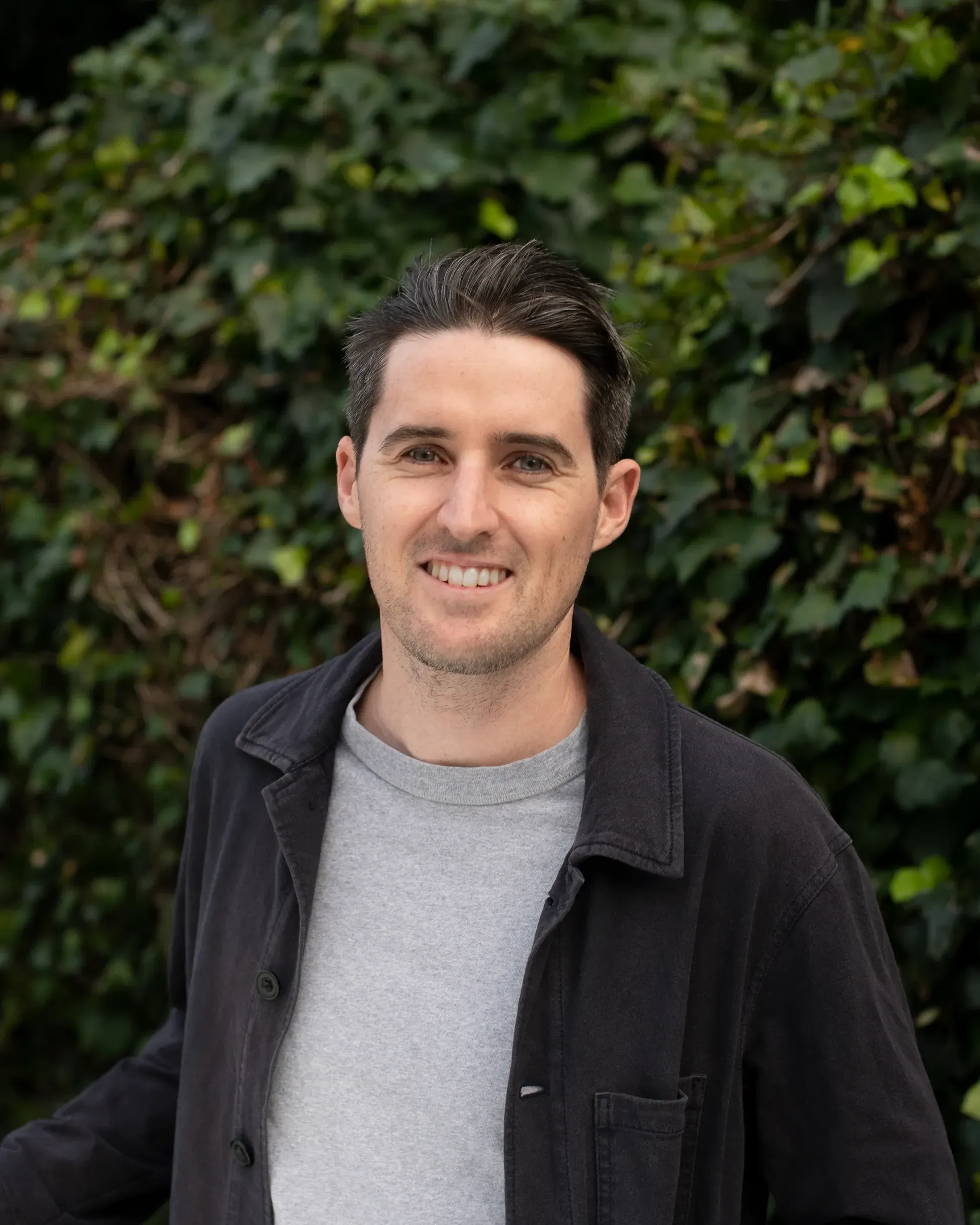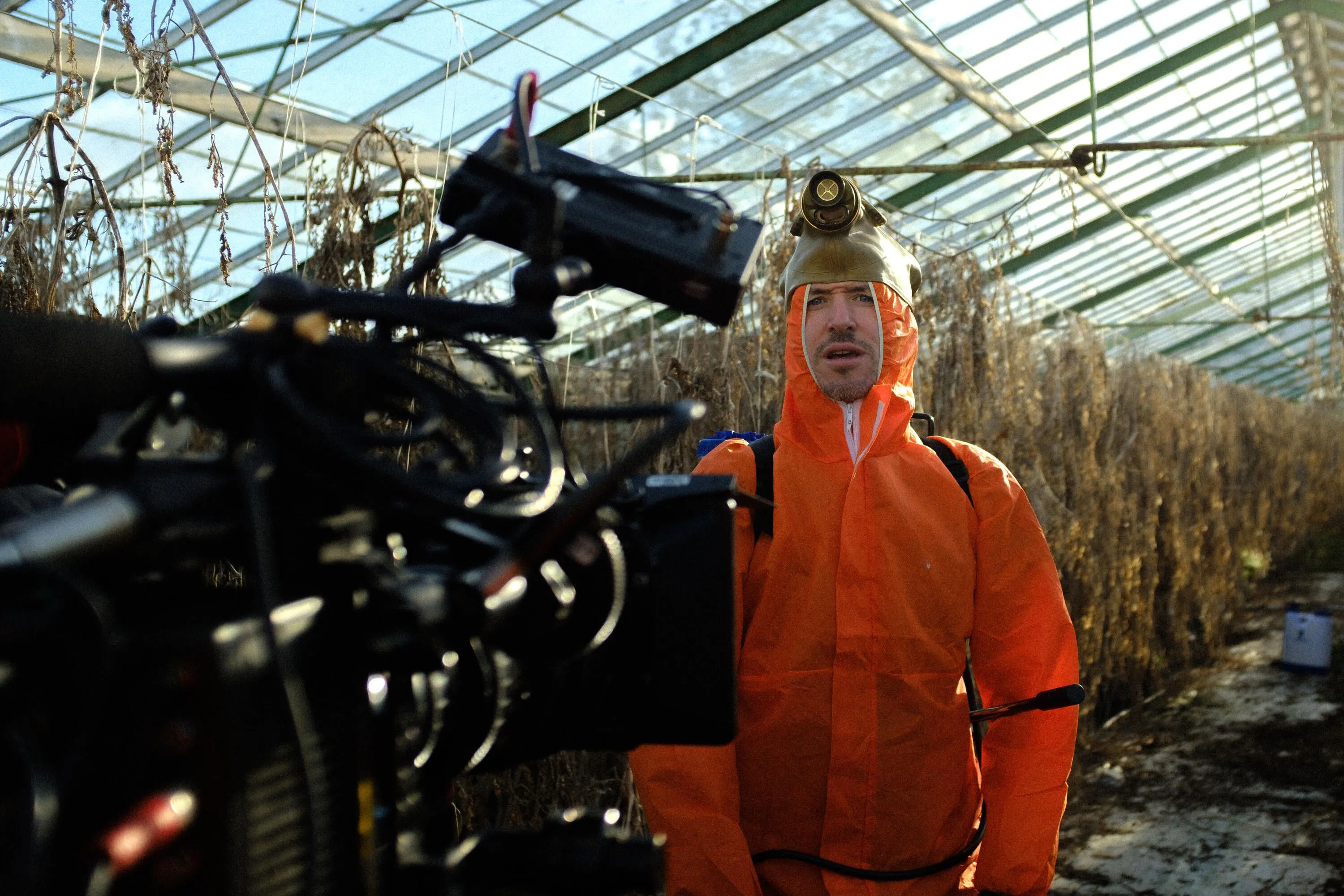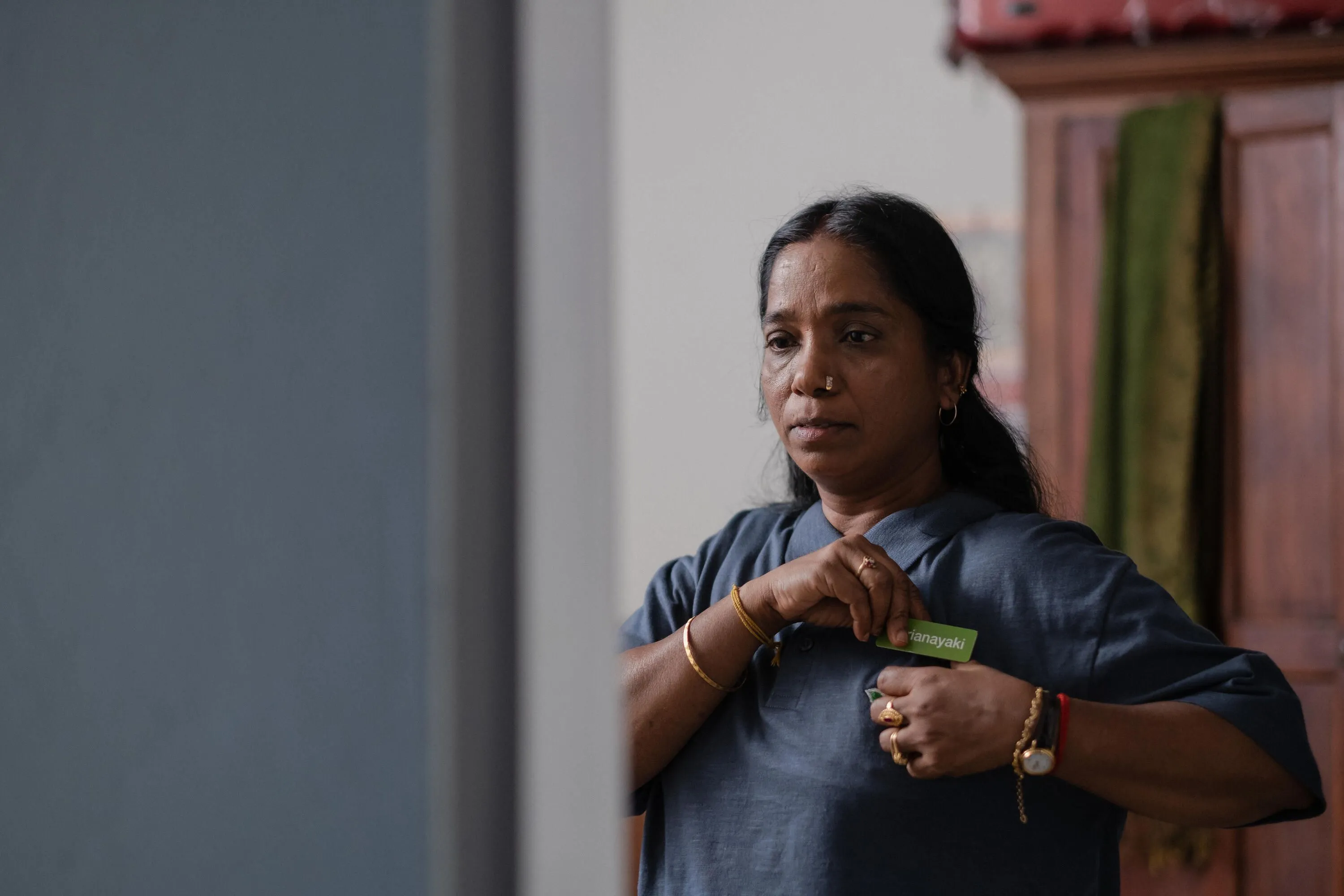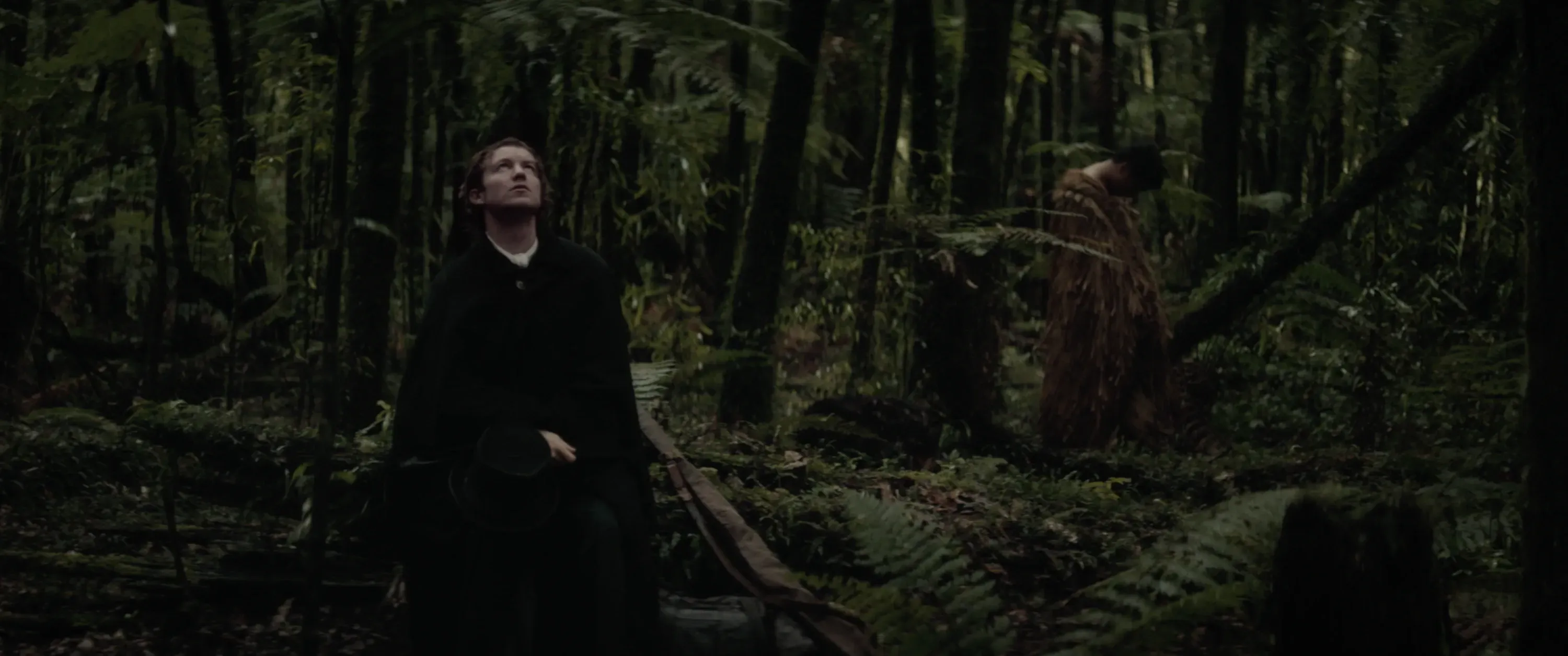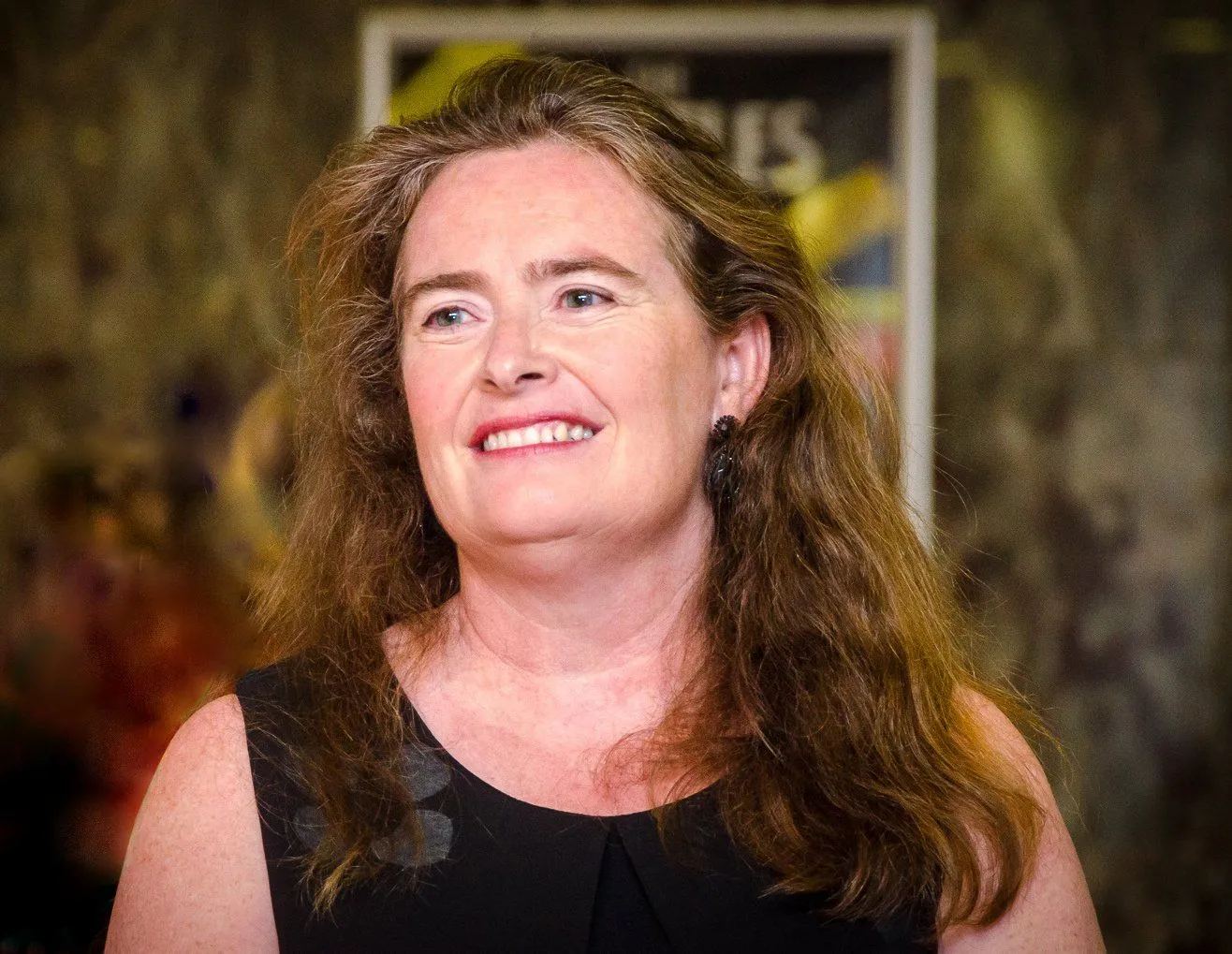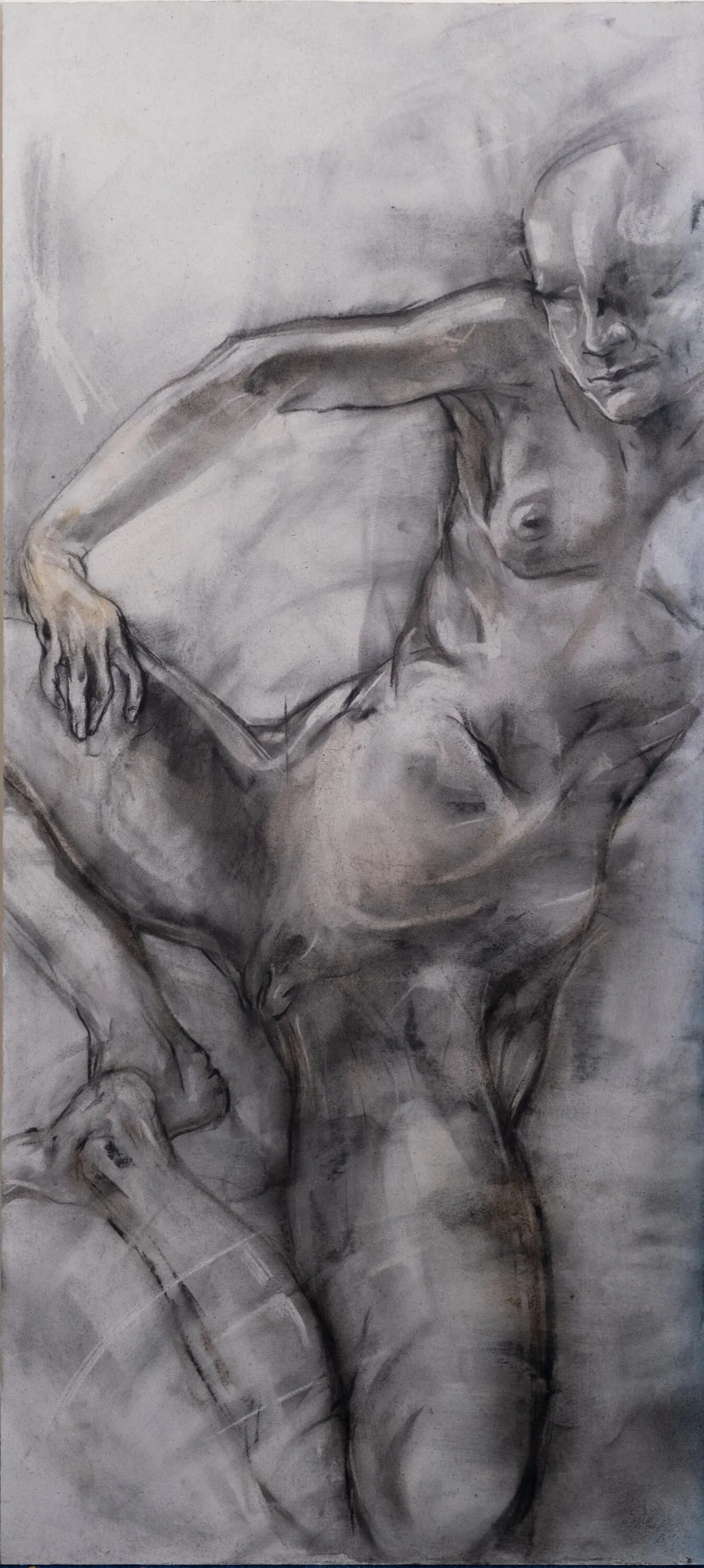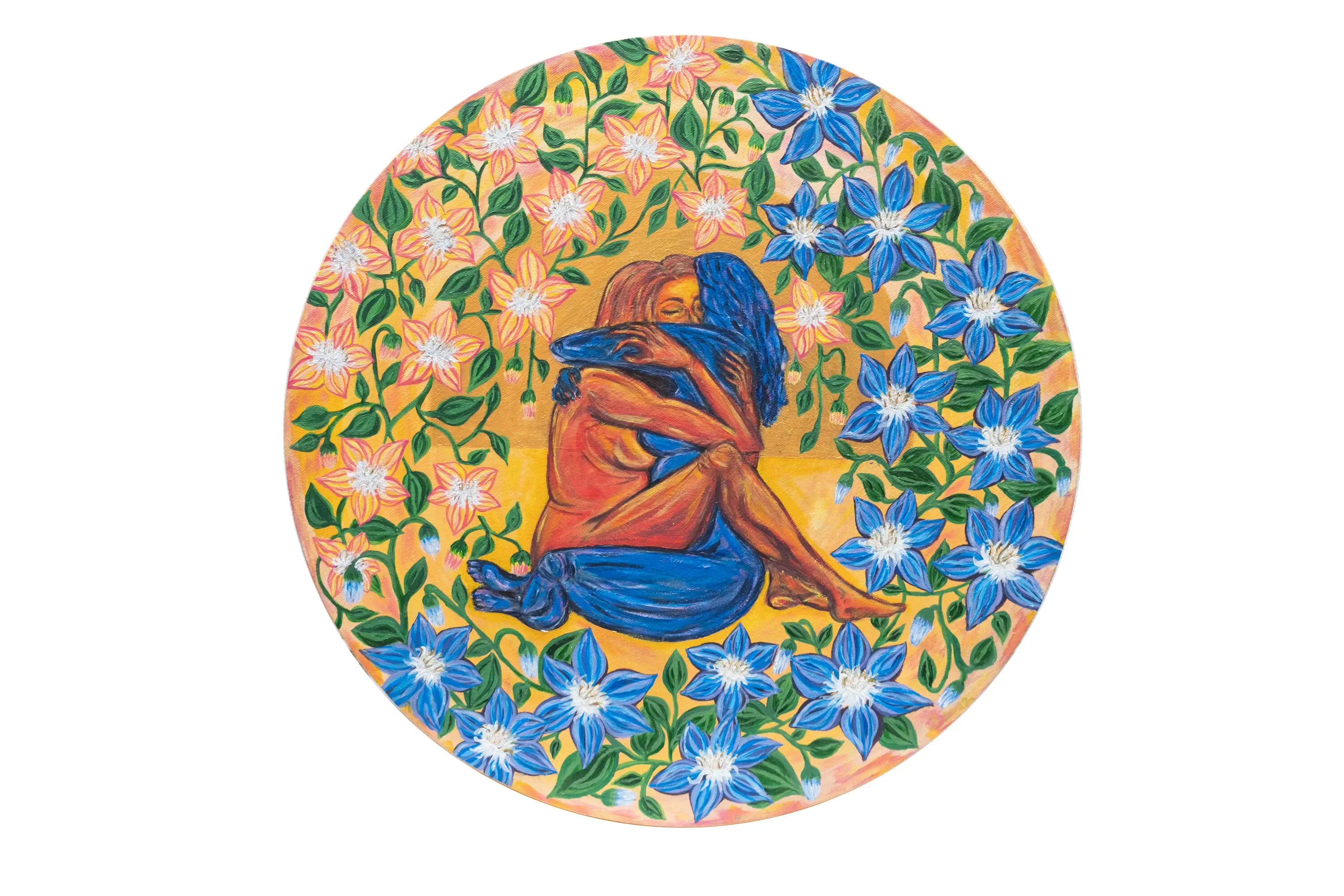Changing Of The Guard
Written by
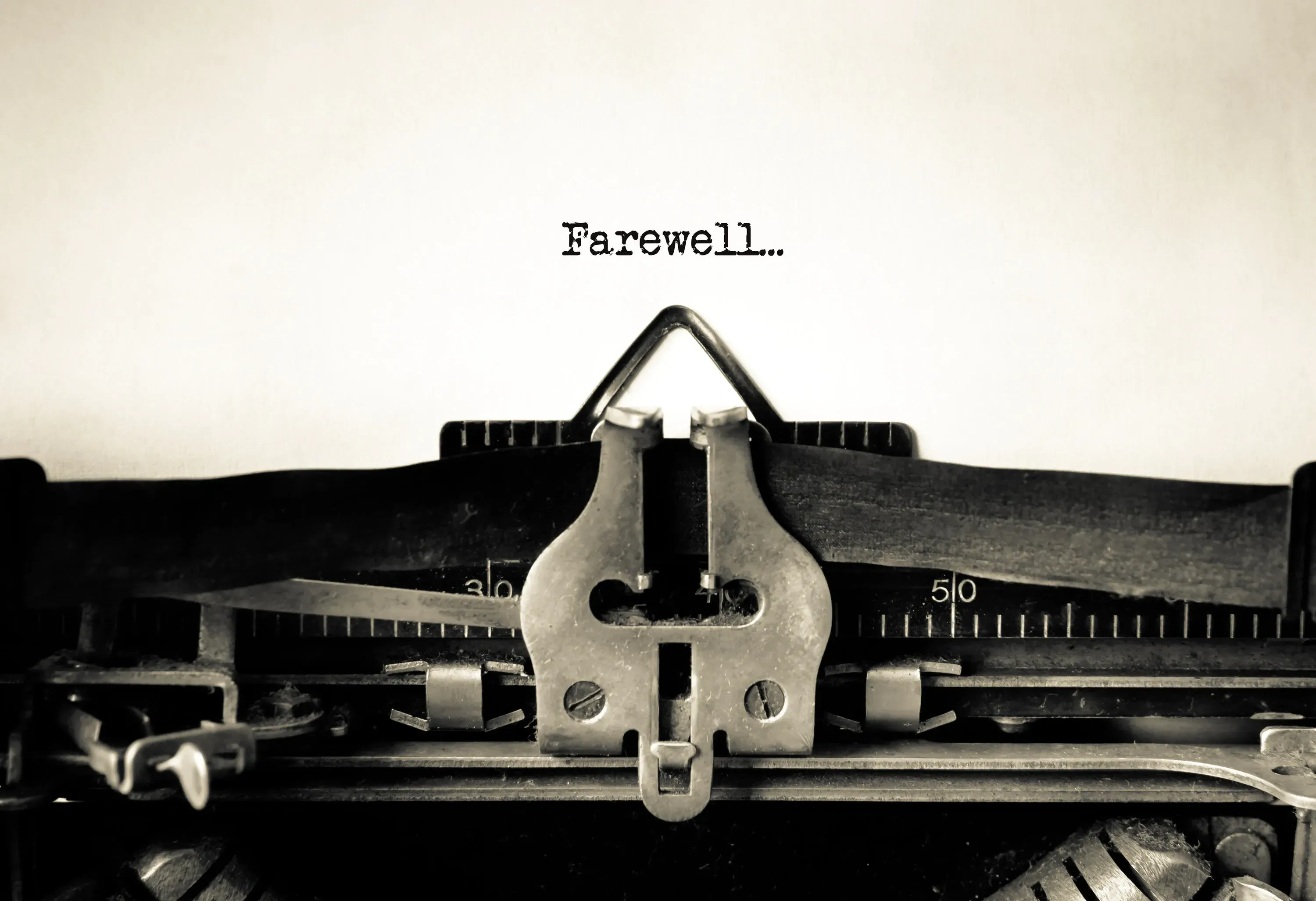
Many heavy hitting, highly respected and coveted roles within the creative industry have become vacant for the first time in decades.
Whether it's the extraordinary pressures of the last couple of years, a desire for change or a shift in priorities or lifestyle focus - these decisions have both individually and collectively are set to mean a shift in the landscape for cornerstone events and organisations in Aotearoa’s arts ecosystem.
In recent months, the likes of newly minted Member of the New Zealand Order of Merit (see full list of creative Queen’s Birthdays honours here) Marianne Hargreaves brought down the curtain on her 13 years with WORD Christchurch, Chief Executive Paula Browning has announced her upcoming departure from Copyright Licensing New Zealand after 12 years, 22 year Creative New Zealand veteran Cath Cardiff confirmed she’d handed in her notice and David Inns retired from his role as Chief Executive after 13 years with Auckland Arts Festival.
On Wednesday, it was revealed that Anne O’Brien is the latest to join that list, stepping down from her full time position as Director of the Auckland Writers Festival after this year’s edition following 11 years in the role.
As well as being a vocal advocate for writers and the importance of literary festivals, O’Brien’s stats speak for themselves. Since taking on the role (and renaming AWF from the Auckland Writers and Readers Festival), O’Brien can boast increased programme size, turnover and engagement. During that time, attendance figures have increased from 25,000 to a peak of over 83,000 before COVID kicked in, a number AWF declares makes it one of the best attended in the world.
O’Brien’s is also credited as an instrumental figure in the establishment of the ground-breaking Mātātuhi Foundation to support the development of both the literary and literacy of Aotearoa.
It’s a big change for AWF, who are now looking for both a Festival Chief Executive and an Artistic Director.
O’Brien told The Lowdown in her time in the position, the literary festival landscape has become much busier. “There’s been significant growth in festivals and other showcase opportunities - nationally and internationally - with all the benefits that can deliver to our artists and their art. It’s also become more diverse, more inclusive, more celebratory of our own stories."

Anne O'Brien. Photo: Stefan Marks.
Like so many in key decision making positions in the creative sector, COVID complicated things no end. That including needing to cancel AWF in 2020, entering the pandemic hybrid world with the 2021 event and this year shifting away from its permanent May scheduling spot for the first time in its 23-year history to get breaking space from Omicron.
When asked if things will ever return to normal for festivals or if things have permanently evolved, O’Brien muses “I’m not sure what ‘normal’ is in the cultural and live event landscape! But we are certainly working towards a return to how we have always best championed the art and the artists, which is through live engagement.
“I have no doubt that some of the developments prompted by the pandemic will stick; others will, quite rightly in my view, be set aside as being very much of their time and place.”
She adds the job is “all-consuming, irrespective of pandemic status! There is always something more that can be done to deliver better or differently.
“Actually, every year has brought challenges. They’ve taught me that if you leave space to absorb, and anchor yourself in your core kaupapa, then ways forward will present themselves. They’ve also gifted me the tangible experience of incredible support, wisdom and love from our artistic community."
While she’s excited about more time for friends and adventures - and volunteering for a few kitchen shift for Everybody Eats, a charity she supports as Board chair - O’Brien’s hinted that she won’t be lost to the creative sector once this year’s Festival is in the history books. “I’m opening the door to whatever projects, roles or opportunities might come my way where I can do a great job and make a difference.”
And her views on the current state of the literary scene in this country?
“Much achieved, still much to do. We have brilliant writers, a strong eco-system to support them, an incredible audience for the work, and opportunities every day to develop and strengthen the links between them.”
Fast five films
With the countdown on until the New Zealand International Film Festival starting next month, five local short films have already been given a welcome boost.
The finalists for the NZIFF New Zealand’s Best short film competition have been announced this morning - with celebrated and eclectic filmmaker Florian Habicht the guest selector this year.
His method of selection is pure Habicht. "I had a shower, shaved, put on my favourite suit, and then watched the pre-selection at home by myself, imagining I was under the stars in the Civic. Five films took my breath away, and they are all so different from each other."
The five films making the cut to compete for the $15,500 prize pool - starting with the jury-awarded prizes at the premiere screening in Auckland on 6 July and culminating with the Audience Award on closing night in Wellington on 14 August are:

Manny and Quinn, written by first time director Siobhan Marshall (above) - best known to many for her brilliant stint as Pascalle West on Outrageous Fortune - and produced by fellow actors, her husband Millen Baird and Florence Hartigan. It’s described as “An introverted shopkeeper forges a new friendship with the mystery man next door through a playful yet competitive game of dress-ups with their shop mannequins.”

Trees is set “in a dystopian world where all trees are outlawed, (where) one council worker chooses to rebel.’ It’s directed by leading New Zealand rapper Tom Scott (above) and Ben Bryan, a filmmaker who worked with Scott to make a short documentary Home a few years ago featuring music from his group Avantdale Bowling Club. Mark Duncan is the producer.

Rustling is a darker shift from highly regarded comedian and 7 Days scene stealer Tom Furniss (above) - “In a family of sheep rustlers, a 15-year-old boy must go up against his domineering father in order to help his younger brother keep the baby lamb left orphaned by their latest slaughter.” Furniss is credited as writer and director, with Baby Done producer Morgan Waru also attached to the project.

Saviour (pictured above) was crowd-funded through Boosted a few years ago, and has allowed director/producer Alistair MacDonald and co-producer Simone Ashton to create a story about “a troubled missionary, led by a rough Pākehā guide, (who) treks through the forest of 1820s Aotearoa”.

Perianayaki (pictured above), a bilingual short spoken in both English and Tamil director by former Arts Foundation Springboard recipient Bala Murali Shingade and produced/writen by Shreya Gejji explained as “a recent Sri Lankan immigrant begins another day at her job stacking shelves at the local supermarket. With her limited grasp of English, she struggles to understand or be understood by colleagues and customers alike.”
Habicht adds “I loved the time travelling in these works. I loved discovering new talents. Waiting for Godot like characters in 1820 Aotearoa, Mannequin love in Saint Kevin’s Arcade, a lamb tale, a supermarket worker I fell in love with, and a vision of the future that hauntingly doesn’t feel too different to the last couple of years!”
Not just a guest selector, Habicht is also featured in this year’s NZIFF with a colourised version of his Woodenhead, 19 years after it was premiered at the festival in black and white.
Support for sex workers

QUEEN OF THE VINES - Clematis and the Femmes by Bianca. Image: Supplied.
Art is supposed to provide challenges to your perception - and often can often confront topics an audience may consider taboo.
Running for its fourth year - Sex Workers of Aotearoa; A Day in the Life of opens tomorrow (11 June) for a fortnight exhibition at Wellington’s Academy Galleries on Queen’s Wharf. All the art on display has been created by current or past sex workers.
Topics ranging from intimacy, empowerment, loneliness, objectification, to clientele, stigma, disabilities, and the male gaze are explored with the goal of “challenging public stigmas and stereotypes, to create discourse about the nuances of sex work and to give voice to sex workers across New Zealand.”

Jordan Quinn with her artwork The Face I Want You To See. Photo: Supplied.
Curator Jordan Quinn told The Lowdown “SWoA is important because it allows sex workers to communicate directly with the public without a middle man. Too often stories about sex work have been directed, scripted or guided by an outsider with an agenda or bias. SWoA is about sex workers sharing their individual experiences freely.”
Quinn states the exhibition has a profound effect on many within the sex industry, calling the reaction “overwhelmingly positive…especially the opening night, which provides a community space where sex workers can be themselves, unfiltered, with their peers and share stories civilians just don't understand. Many sex workers who come to see the show - who perhaps don't have a lot of community support - say they find solidarity and a sense of belonging.”
As for the rest of the public? It comes down to how ready they are to open their minds. “Some people walk in and immediately back out, while others are willing to sit with a bit of discomfort to step outside their comfort zone.
“People should expect the unexpected. No matter what your viewpoints on sex work are, no matter how little or how much you know, there's always something new to take away from the exhibition.”

Headless by 0/Zero. Image: Supplied.
Quinn points to feedback from last year’s show as an example, where one attendee described the experience as "raw – made me question my own prejudices. Confronting in a positive way. Informative – educating people in whatever way possible had to be a positive outcome."
Matariki looming
As we enter June, one of the highlights of the cultural calendar is looming large - and it’s about to get more attention than ever before.
Matariki will be celebrated as a public holiday for the first time on Friday 24 June to give us a long weekend, which will surely generate more interest in what the Matariki star cluster’s appearance means for Māori.
It’s also become a key date for events, opportunities and festivals - as creatives of all ilk harness the time of heightened cultural awareness.
Basement Theatre has revealed seven up and coming talents have been selected for a Matariki wānanga, spending 20-23 June immersed in the healing powers of ngā taonga tuku iho.
The artists selected are Janaye Henry (Ngāti Kahu ki Whangaroa, comedian), Tyrone Te Waa (Ngāti Hine, Ngāti Tuwharetoa, visual artist), Natasha van Etten (Ngai Te Rangi, movement artist), Paige Pomana (Ngāti Porou, Ngāti Rakaipaaka, sound designer), Delilah Pārore Southon (Te Roroa, Ngāti Tuwharetoa, Ngāti Kurauia, Ngāti Pukenga, writer), Louie Zalk-Neale (Ngai Te Rangi, performance and visual artist), and Stevie Greeks (Ngāti Whātua Te Uri Hau, Ngāpuhi, Ngāti Kahungungu, writer).
The Big Idea is putting together a Matariki event listing to keep you up to date with what is happening around the motu. It includes Whiria: Ngā Manu Rere at New Zealand Maritime Museum from 24 June - 24 July, traditionally-made flying kites constructed by artist and weaver Ruth Woodbury (Ngatī Korokoro, Te Pouka, Ngatī Wharara, Te Hikutu).
Taonga pūoro expert Horomona Horo brings his skills to combine with the acclaimed NZTrio in Toru Whā: Concert in celebration of Matariki at Auckland Museum on 27 June.
And artist Sara Hughes brings her work Midnight Sun to Tauranga’s CBD from 22 June. “Midnight Sun is over 260m2 of intense colourful joy. It’s hard not to smile when you’re looking up at a sunset. This integrated public artwork will illuminate and transform Willow Street, a key site in the heart of a city presently ‘under construction’,” describes Supercuts Projects Director Sonya Korohina.
If you have an event to list in our Matariki guide - click here for details.
'We made it'

The Tuning Fork at Spark Arena holds plenty of important events - and next week there’s one that will be special to all those involved.
Māpura Studios - a creative space that offers inclusive, multi-modal art classes and art therapy programmes for people of all ages, diversity and need - is putting on a free show on Wednesday 15 June.
While Māpura Studios and Friends is a show for anyone who wants to come and enjoy the creativity of the group, John Ferris from Māpura Studios told The Lowdown “it’s mainly for the disability community to say, ‘We’ve made it’. We got through the lockdowns together and we can go out and celebrate.
“The pandemic has hit our community quite hard. Many disabled people, who feel isolated at the best of times, felt more cut off due not only to the restrictions of the various lockdowns but their fragility.
“This year, with the studio open, the artists have been coming back to the various classes, still many of them are nervous about returning. We wanted to provide them with a fun and celebratory evening out whereby they’ll feel secure.
“This is a thank you for their bravery and resilience. We want people to go out and enjoy themselves.”

And there’s also the “Friends” part of the show, with the likes of former Fur Patrol frontwoman Julia Deans (above), Brave Caitlin Smith’s Imaginary Band, Chris O’Connor and Pumice, as well as the dance and visual art performance by dancer Emilia Rubio and Māpura artist Yung Sung Chen.
Radio silenced
One of the most achievable avenues into a career in broadcasting in New Zealand has been shut.
Tomorrow will see 14 students become the final graduates for the New Zealand School of Radio - an institution that runs a 20 week course covering a range of on-air, presentation, production and design skills.
It’s essentially a late victim of COVID financial pressures. The school received support during the first year of the pandemic, but the second year that support evaporated before having its previous funding slashed. That’s despite the hardships remaining the same, meaning it was no longer viable to keep the doors open.
Manager Hamish Denton’s been part of the School for 13 years and while crestfallen by the abrupt end, he’s proud of what has been achieved.
He told The Lowdown that there’s a real shortage of staff in the radio industry and he expects roles to be hard to fill as many younger workers head on long-awaited OEs.
It’s a blow for the industry too - having trained, versatile young creatives and technicians to draw on has long been the lifeblood of radio.
Reflective residency
More surety at Victoria University of Wellington - with the International Institute of Modern Letters (IIML) revealing Tamara Tulitua as the Emerging Pasifika Writer in Residence for 2022.
With three months of access to a mentor and a $15,000 stipend, Tulitua plans to use the residency to work on a collection that mixes prose and poetry as it explores the experiences of tama’ita’i Samoa (Samoan women) in diasporic settings around the world.
Tamara enthuses “the endorsement of my work by the IIML is a fantastic encouragement. It will be wonderful to be working in such a prestigious, nurturing community. As well as granting me space to imagine, I will have guidance from one of our Moana Oceania writers. What a privilege!”
